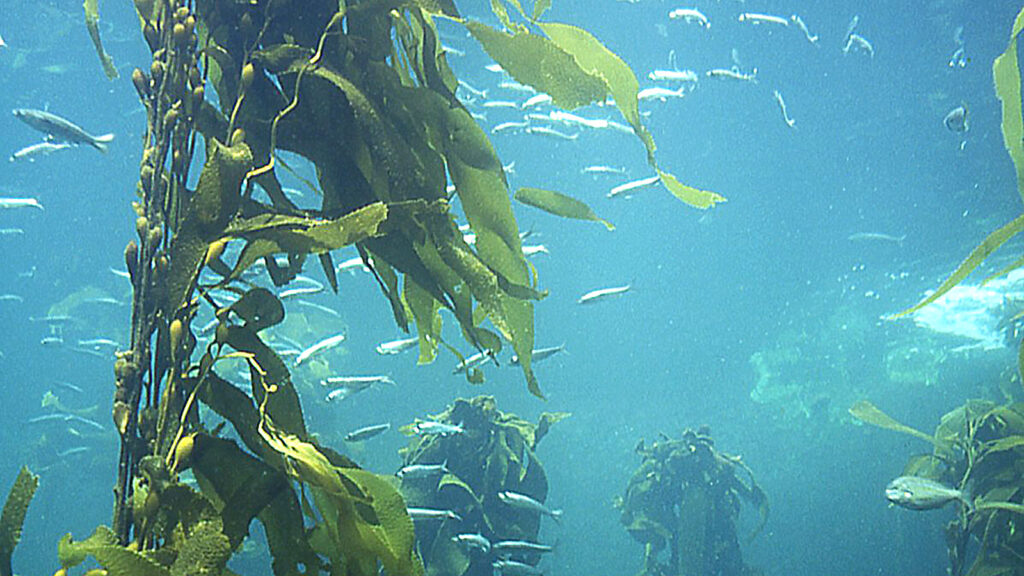In Patagonia, in southern Chile, I witnessed how all the solid structures built by human hands in the heavy surf of the stormy sea were eventually destroyed and crushed. The algae (Durvillea antarctica), on the other hand, which grow in the surf and are violently shaken and torn back and forth, survive well. The flexible and leathery-textured arms of the alga with their internal honeycomb structure provide flexibility, buoyancy and strength, allowing the plant to survive the heavy impact of waves and rocks. Why does this marine plant manage to survive? Obviously, it is successful because it uses appropriate technology. Instead of banging its head against the wall, the kelp adapts its technology to the aggressive environment. Seaweed has learned to survive on stormy coasts by yielding. Humans could learn from this example.
Instead of building fortress-like nuclear power plants on earthquake-prone land or on tsunami-threatened coasts, it could develop a more adaptable energy infrastructure that does not cause further damage even in the event of a disaster and can remain unattended.


 Deutsch
Deutsch Italiano
Italiano